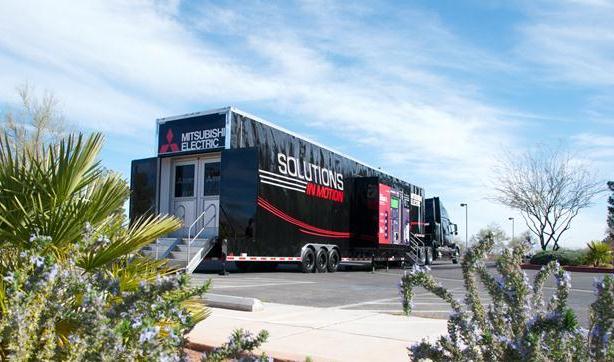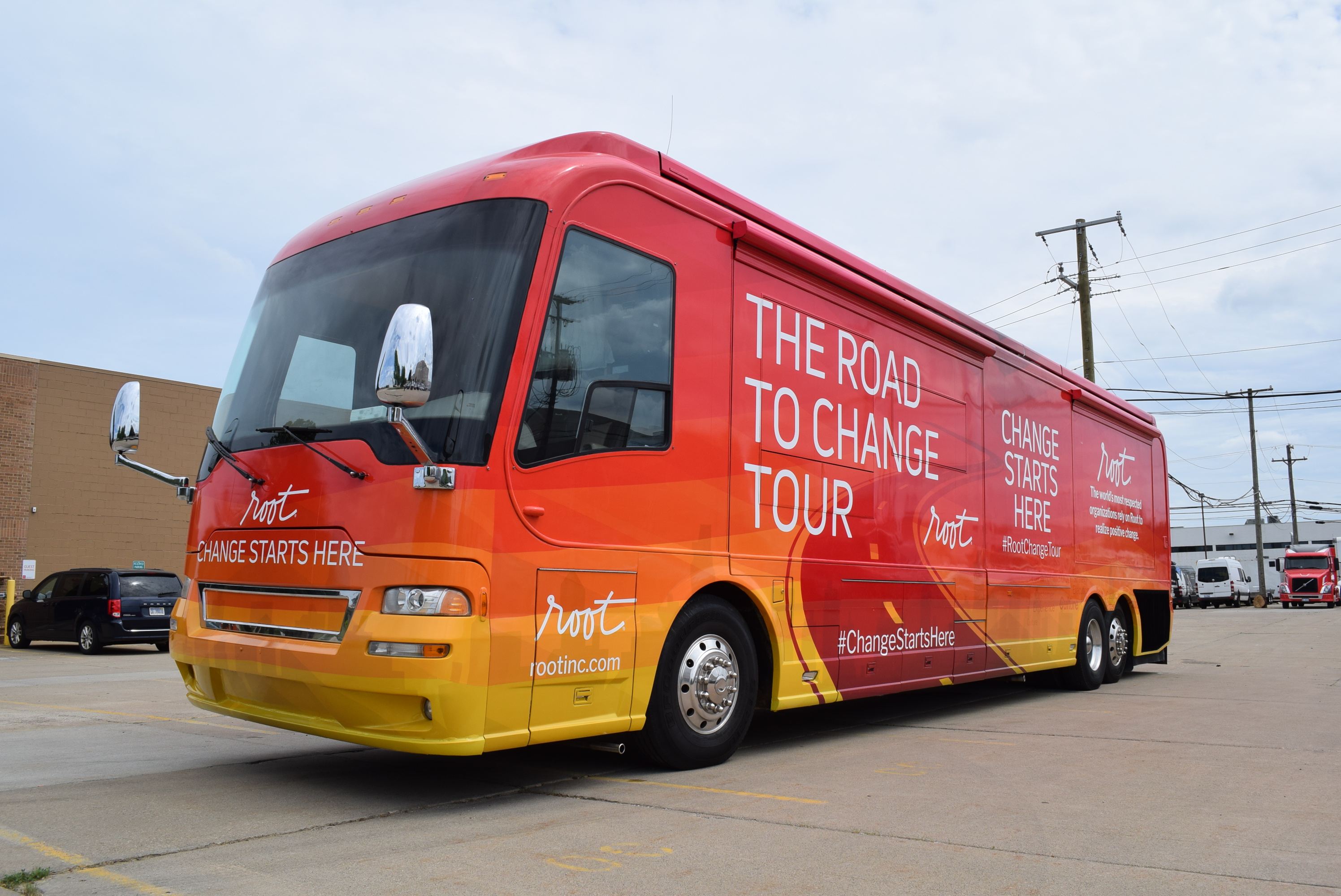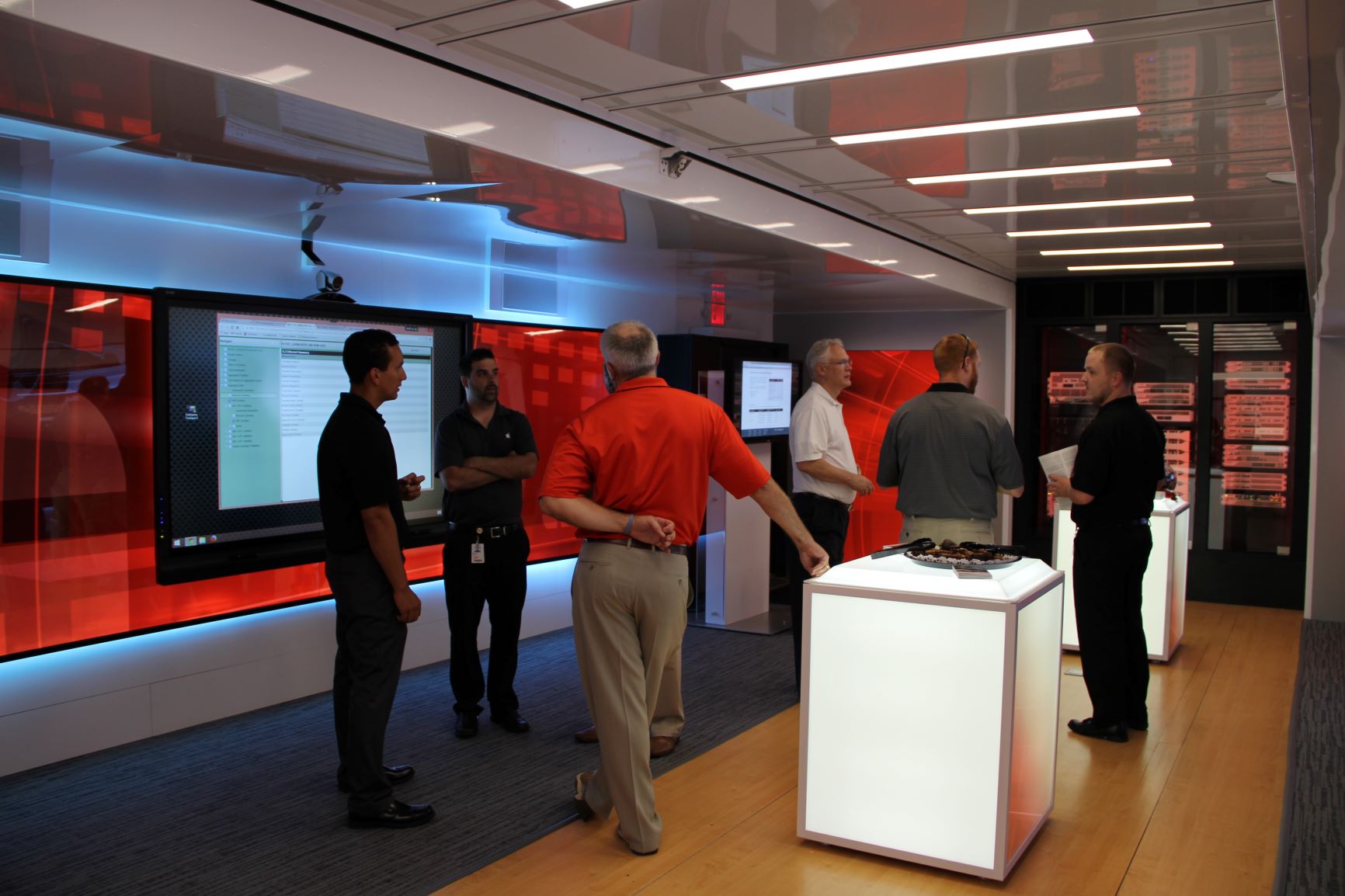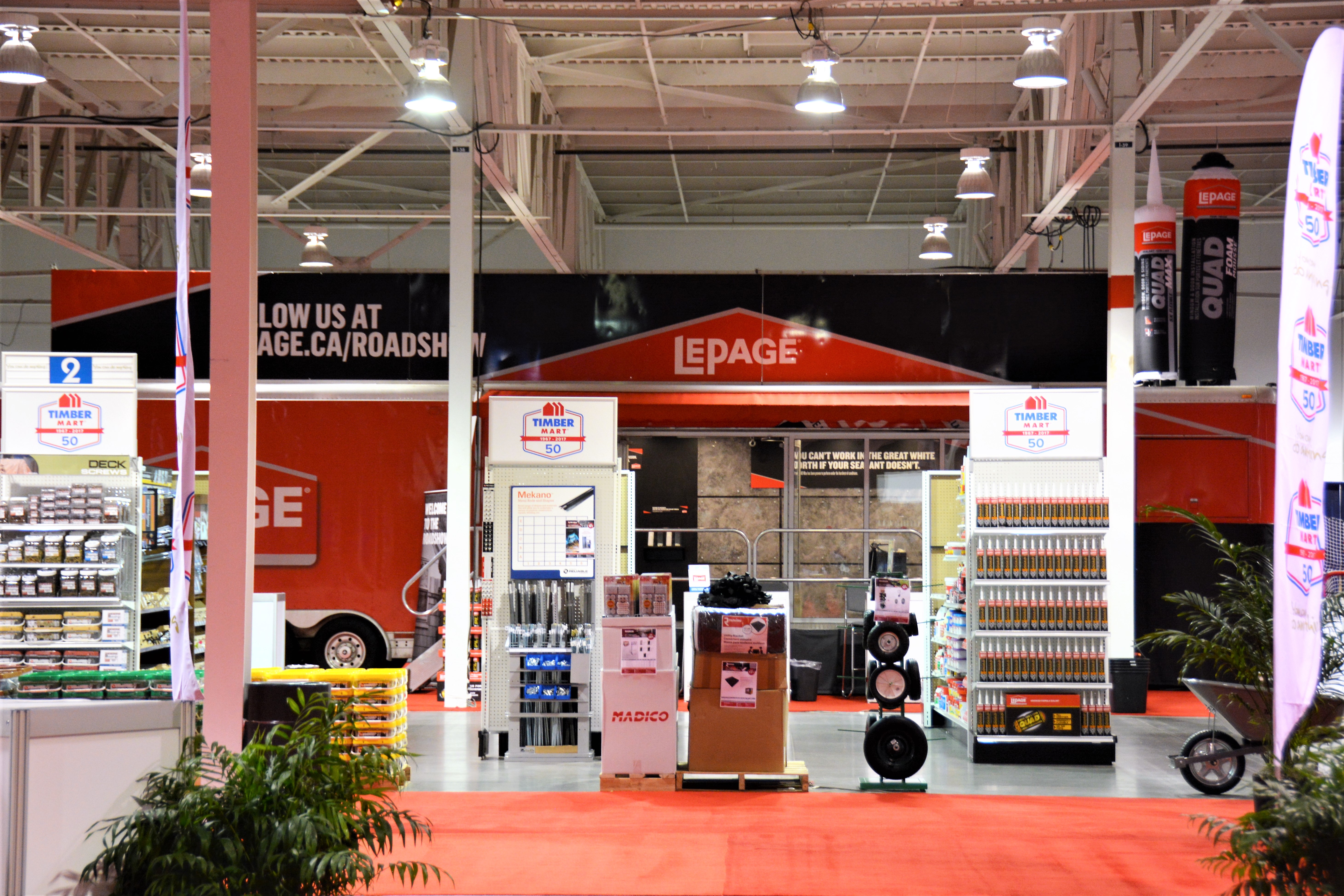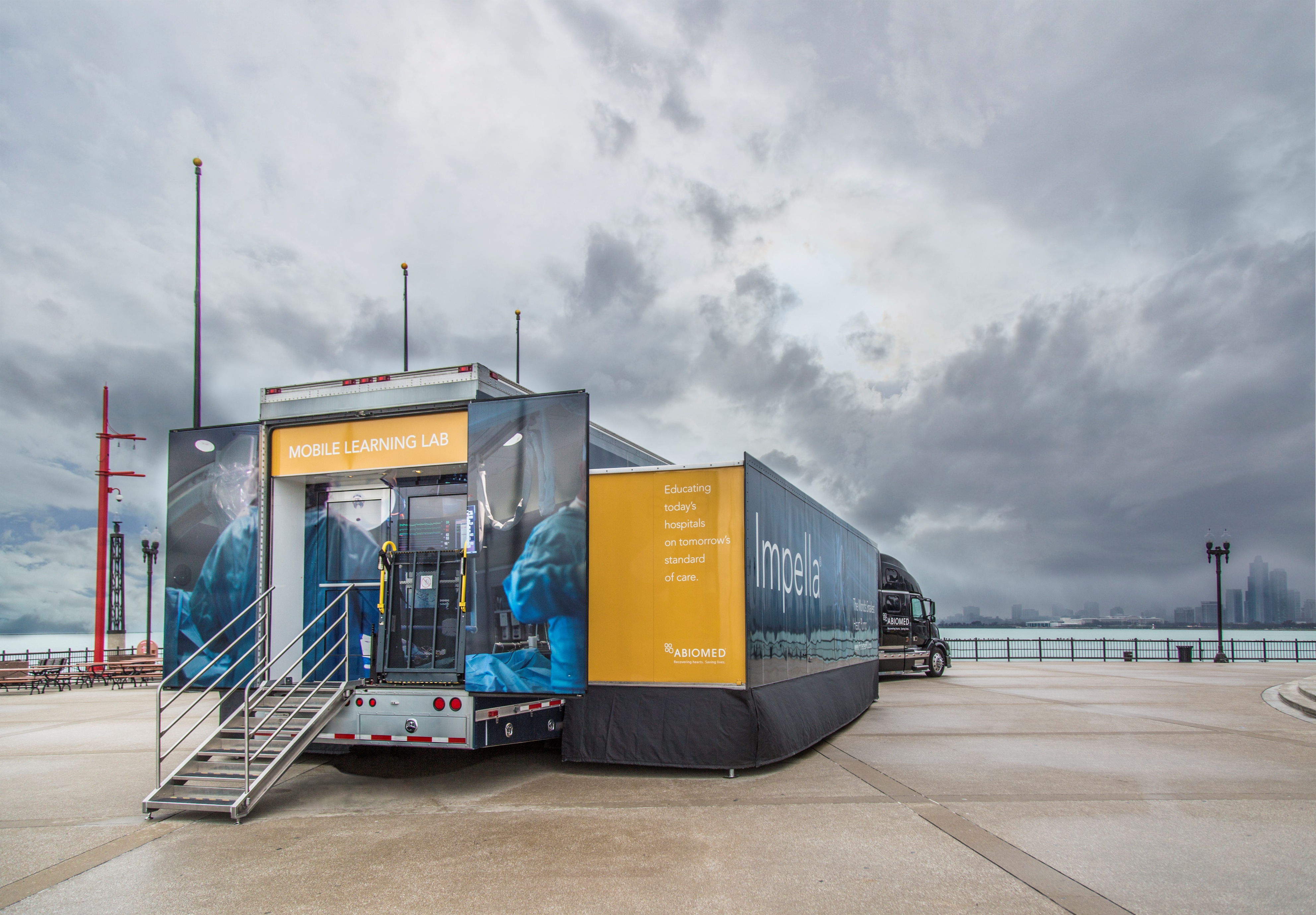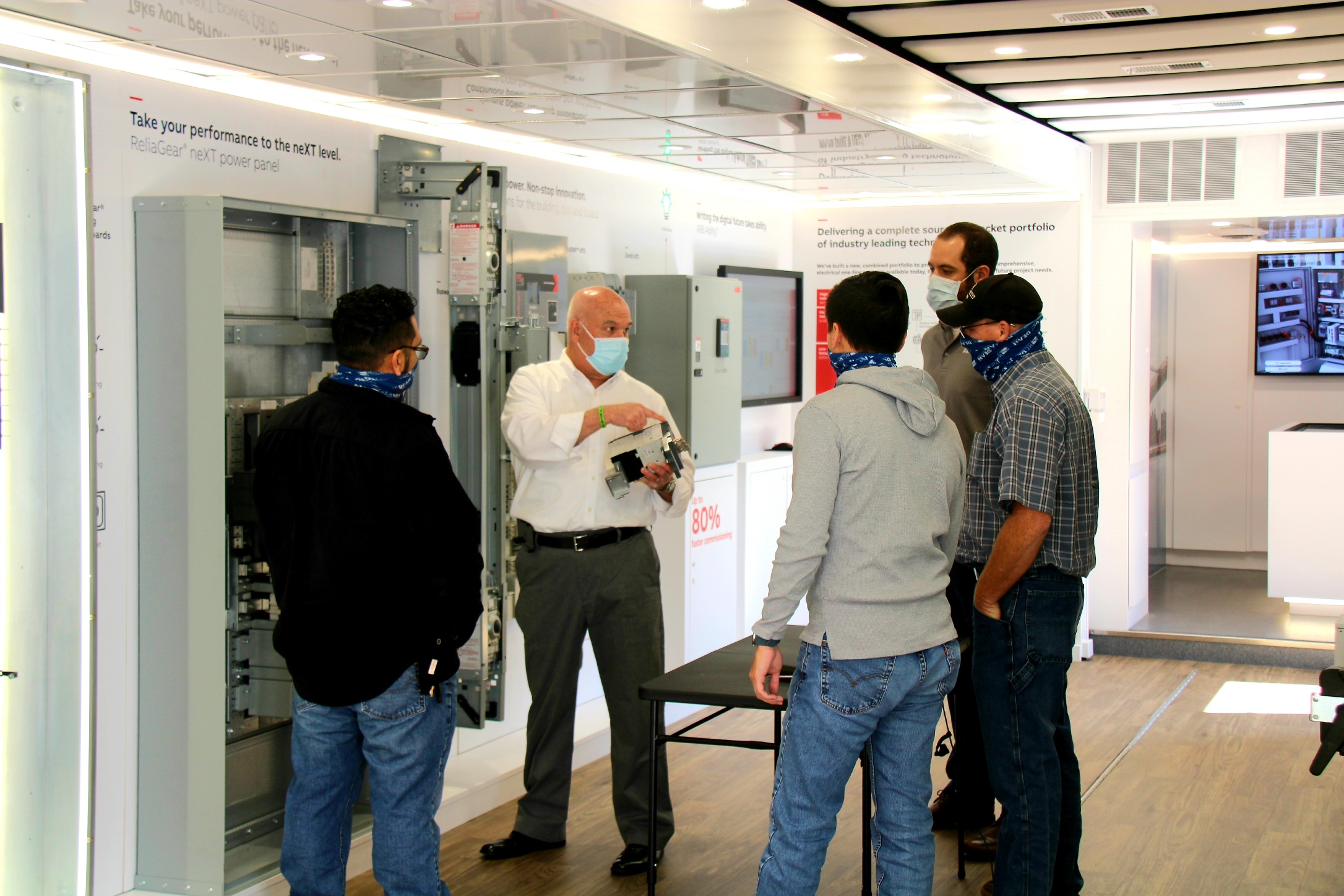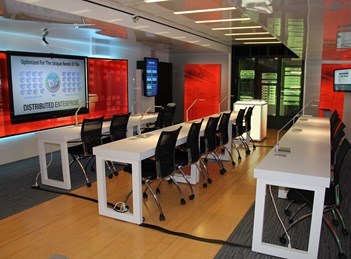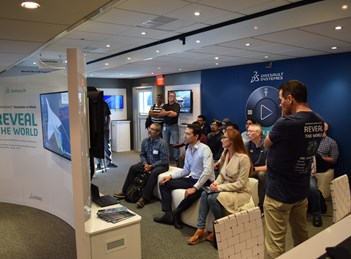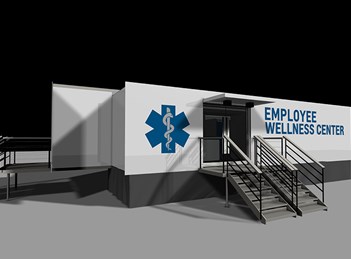
B2B Schedule Design: Things to Consider
When planning a B2B mobile tour, certain factors play a crucial role in the planning and development of your schedule and route. While a mobile tour can travel nearly anywhere, to ensure success you’ll need to take these few points into consideration.
Optimal Sites: To reach and make quality one-on-one connections with decision makers and key players, you must base your tour route around which locations will yield the most return on investment. One option is to strategically map out your schedule around your top key players’ cities and traveling directly to their offices. This provides more convenience for your customers and more one-on-one selling time for you. Another approach is to structure your route based on key anchor events or tradeshows you already attend or know your key audience will be attending. Bringing your mobile tour vehicle to these events allows you to engage with multiple key players at once and provides a unique way to connect and stand out.
Weather Conditions: It may seem obvious, but when planning a tour route, seasonality and weather conditions can play a large role. While, you have no control over mother-nature on any given day, you do have control over which regions you visit during what season. It can be helpful to "follow the sun," spending quality time in the north during summer and in the south during the winter. Work your schedule so that you can reach markets during seasons where they typically experience more mild weather conditions.
Your Sales Team: Your field sales members have spent valuable time cultivating a network of clients and contacts. When building your mobile tour schedule, make sure you include them in the process. When developing your route, take their most promising leads and contacts and create a dynamic schedule that allows you to visit their markets and locations to increase the likelihood of better connections and ultimately more sales.
